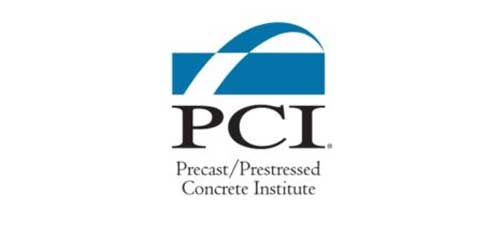In the evolving world of architecture, engineering, and construction (AEC), Building Information Modeling (BIM) is no longer just a digital tool—it’s a transformative force. Among its many applications, one area where BIM has proven exceptionally impactful is in prefabrication and modular construction. Across the globe, these two approaches are converging to create faster, safer, and more efficient building practices.
Why the World is Turning to Prefab + BIM
Around the world, the construction industry is being challenged to build faster, reduce waste, cut costs, and adopt sustainable practices—all while dealing with increasingly complex design requirements. BIM-enabled prefabrication meets these demands head-on.
Here’s why BIM and prefabrication are becoming essential in today’s global construction environment:
1. Speed of Construction
Offsite prefabrication allows components to be manufactured while on-site work progresses. When paired with BIM, this process becomes highly synchronized and precise – resulting in significantly reduced construction timelines.
2. Precision Engineering
BIM provides a highly detailed digital representation of a project—often referred to as a digital twin. This allows every prefabricated element to be modeled in 3D with exact dimensions, ensuring seamless assembly during installation with minimal errors or adjustments.
3. Reduced On-Site Labor
With detailed fabrication information derived from BIM, much of the construction process can happen offsite. This minimizes the need for large teams on the ground, helping reduce site congestion and improving safety.
4. Better Coordination & Clash Detection
One of BIM’s most valuable capabilities is its ability to identify conflicts between different building systems-such as MEP, structural, and architectural elements-before fabrication begins. This proactive approach eliminates rework, delays, and budget overruns.
5. Supporting Sustainability Goals
Prefabrication supported by BIM significantly reduces material waste, energy consumption, and transportation requirements. This contributes to more sustainable building practices, which are increasingly being adopted as global standards in modern construction.
Real-World Impact
Across residential, commercial, and infrastructure projects worldwide, BIM-driven prefabrication is proving its value. From modular schools and hospitals to prefabricated bridges and high-rise components, the combination of digital planning and offsite construction is delivering projects faster, cleaner, and more accurately than ever before.
Telge Projects: Driving Precision and Innovation in BIM
At Telge Projects, we provide comprehensive BIM solutions tailored for prefabrication and modular construction workflows. Our services are trusted by clients around the world to optimize time, cost, and coordination in complex builds.
Our expertise includes:
– Advanced BIM Solutions for Steel & Precast Structures
– Intelligent 3D Modeling & Detailing using Tekla Structures
– End-to-End Project Coordination with Global Compliance
– Software Customization & Automation for Productivity Gains
– Engineering & R&D Support for Smart Construction
Whether your project involves prefabricated housing, industrial units, healthcare buildings, or steel-framed commercial structures Telge Projects equips you with the BIM expertise to get it right the first time.
Final Thoughts
The integration of BIM and prefabrication is transforming construction globally. By combining detailed digital planning with precision offsite manufacturing, this approach brings unmatched speed, accuracy, and sustainability to every phase of a project.
At Telge Projects, we’re proud to help clients across industries achieve world-class results through smart BIM workflows built for the future of construction.













